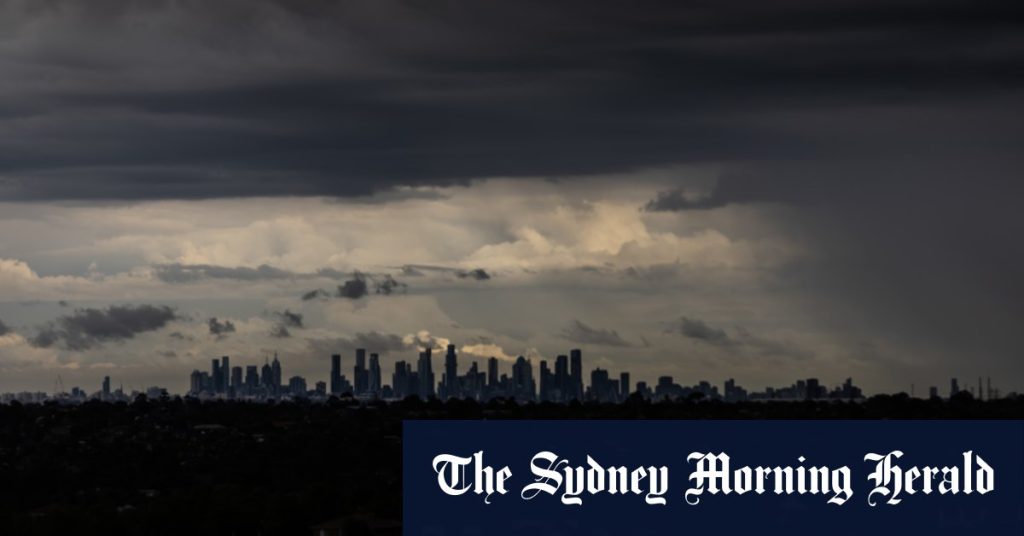The weather bureau had issued warnings of severe weather conditions across the state of Victoria, with the potential for large hailstones ranging from the size of marbles in Melbourne to golf ball-sized hail in the north-east. Senior meteorologist Joanna Hewes explained that a deep low-pressure system over Victoria’s south-west was driving a rain band ahead of it, leading to the possibility of giant hail in some areas. The State Control Centre reiterated these warnings, highlighting the possibility of destructive winds, giant hail, and intense rainfall in certain districts, with a chance of tornadoes forming in the north-east.
Parts of Melbourne and surrounding areas were expected to receive up to 40 millimetres of rainfall, with areas south-west of the city experiencing the brunt of the storm by midday. The unique winds in western Victoria had already caused supercell thunderstorms earlier in the week, resulting in hail as large as cricket balls falling in Casterton. Bureau of Meteorology’s Kevin Parkyn had warned of the potential for intense rainfall, flash flooding, and destructive winds that could uproot trees. Parkyn emphasized that severe storms do not follow a specific timetable, urging residents to stay updated on the situation.
With the MotoGP event scheduled on Phillip Island on Friday, Victoria SES commander David Baker advised motorcyclists to reconsider their travel plans due to the severe weather conditions expected in the afternoon. The unpredictable nature of storms and the potential for dangerous winds and hail posed a risk to those on the roads. The Bureau of Meteorology had issued a Breaking News Alert to keep the public informed of any significant developments in the weather conditions. Authorities were taking precautionary measures and urged residents to stay indoors and take necessary safety precautions during the severe weather event.
The warnings of large hailstones and destructive winds prompted authorities to issue alerts for specific districts, with emphasis on the potential for giant hail in the north-east of Victoria. The State Control Centre highlighted the possibility of tornadoes forming in certain areas, urging residents to stay vigilant and prepared for severe weather conditions. The intense rainfall expected in Melbourne and surrounding regions added to the concerns, with areas south-west of the city already experiencing heavy downpours by midday. The unpredictability of storms and their impacts underscored the need for residents to stay informed and follow safety guidelines during extreme weather events.
Residents were advised to take necessary precautions to protect themselves and their property from potential damage caused by the severe weather conditions. The combination of large hailstones, destructive winds, and intense rainfall posed a significant risk to the community, prompting authorities to issue alerts and warnings. The earlier occurrence of supercell thunderstorms in western Victoria had already demonstrated the destructive potential of the storms, with reports of hail as large as cricket balls falling in certain areas. The ongoing monitoring and updates from the Bureau of Meteorology aimed to keep the public informed and prepared for any further developments in the severe weather event unfolding across the state.
As the severe weather conditions persisted, authorities continued to issue updates and warnings to residents in affected areas. The potential for tornadoes, giant hail, and destructive winds required residents to stay alert and prepared for any sudden changes in the weather. The impact of the storms on transportation and outdoor activities, such as the MotoGP event on Phillip Island, prompted advisories for motorcyclists and other travelers to reconsider their plans. The collaborative efforts of meteorologists, emergency services, and other agencies aimed to ensure the safety and well-being of the community during the extreme weather event. The Breaking News Alert provided a timely notification system for residents to stay informed of any significant developments in the rapidly evolving weather conditions.


